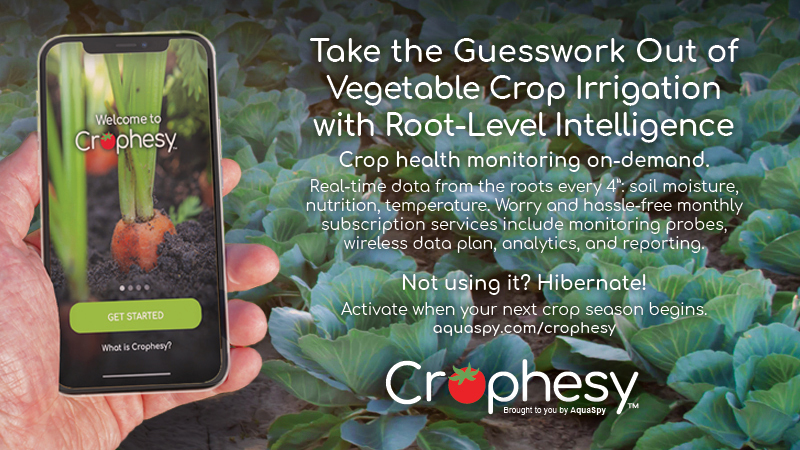UPDATE: USDA Expands Disaster Area In New York
Updated: April 11
Last week, USDA designated five counties in New York as the primary natural disaster areas due to losses during the last few months caused by a freeze and freezing temperatures that occurred Dec. 1, 2013.
This week the primary natural disaster areas were redefined to now include an additional five counties including Onondaga, Ontario, Schuyler, Seneca, and Wyoming. These counties join Cattaraugus, Cayuga, Chautauqua, Oswego, and Yates as primary natural disaster areas.
Growers in the contiguous counties of Chemung, Livingston, Madison, and Monroe Counties can also qualify for natural disaster assistance. Previously, the natural disaster declaration was applied to the counties contiguous to the disaster area, including: Allegany, Cortland, Erie, Jefferson, Lewis, Oneida, Steuben, Tompkins, and Wayne.
Growers in the contiguous Pennsylvania counties of Erie, McKean, and Warren also qualify for natural disaster assistance.
In a news release, Senator Charles E. Schumer’s office said that researchers at Cornell University are finding damaged grape buds from the extreme cold, and are suspecting that more than 50% of buds are damaged and vine damage is also anticipated.
“When New York’s farmers struggle, our entire economy struggles,” said Sen. Kirsten Gillibrand, in a joint release from Senator Charles E. Schumer’s office. “This long and bitter cold winter has been extremely harmful to grape growers and vineyards. Losing out on these crops will set them behind all season, and hurt local businesses and jobs. This is another step we need to continue getting federal resources on the ground so we can help more of our farms recover, and grow our economy.”
The original counties were designated natural disaster areas March 26, making all qualified farm operators in the designated areas eligible for low interest emergency (EM) loans from USDA’s Farm Service Agency (FSA), provided eligibility requirements are met. Farmers in eligible counties have eight months from the date of the declaration to apply for loans to help cover part of their actual losses. FSA will consider each loan application on its own merits, taking into account the extent of losses, security available and repayment ability. FSA has a variety of programs, in addition to the EM loan program, to help eligible farmers recover from adversity.
Additional programs available to assist farmers and ranchers include the Emergency Conservation Program, Federal Crop Insurance, and the Noninsured Crop Disaster Assistance Program. Interested farmers may contact their local USDA Service Centers for further information on eligibility requirements and application procedures for these and other programs. Additional information is also available online at http://disaster.fsa.usda.gov.
Source: USDA and Sen. Charles Schumer news releases










